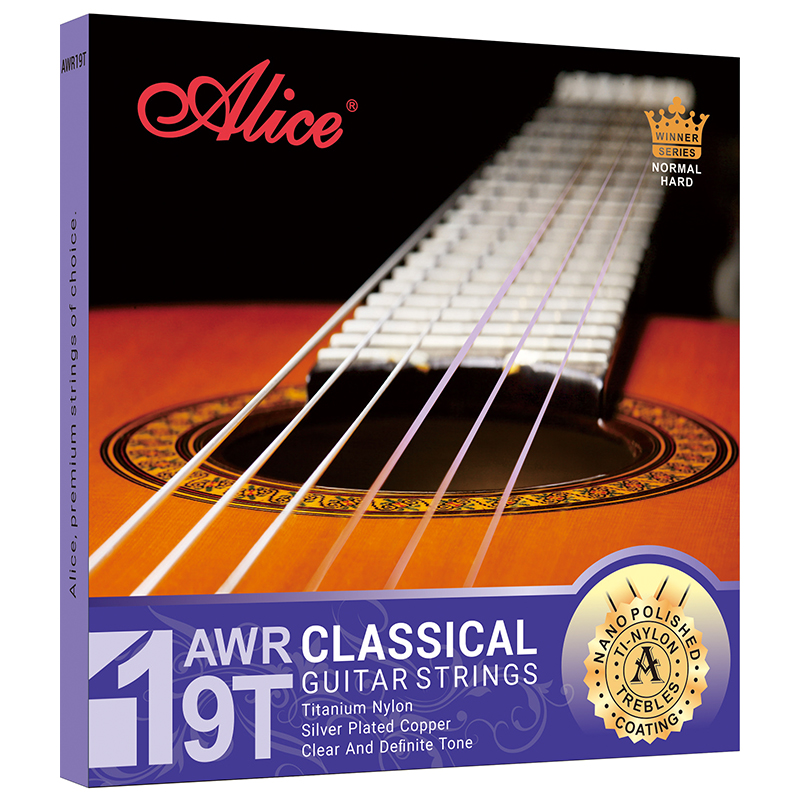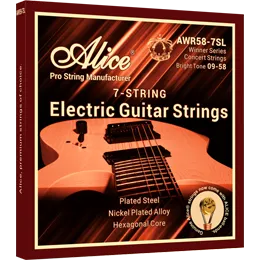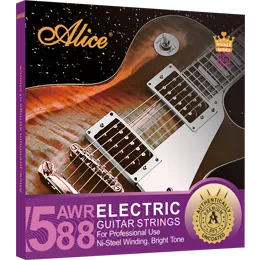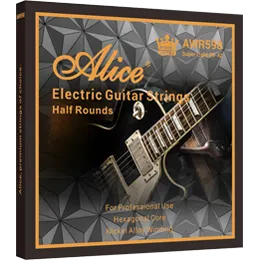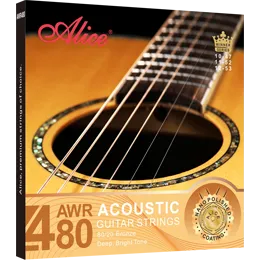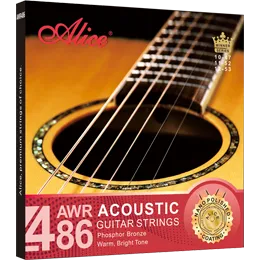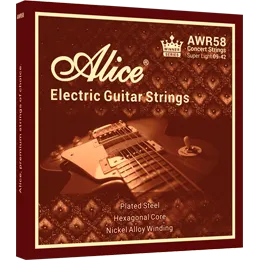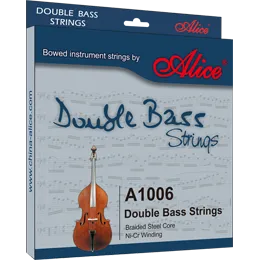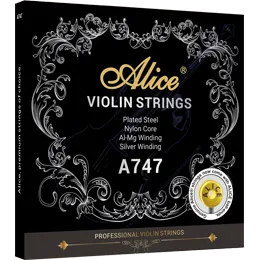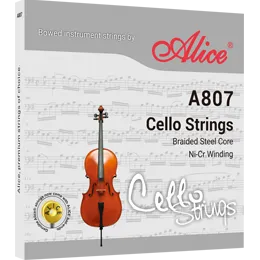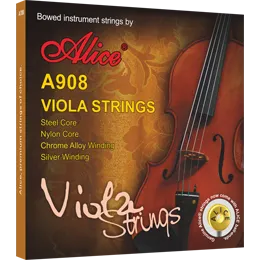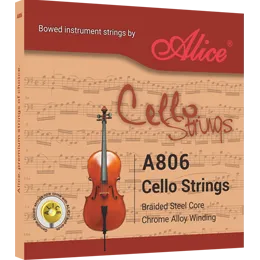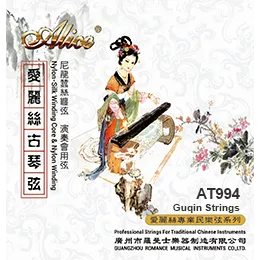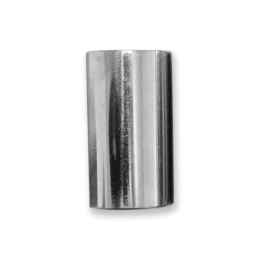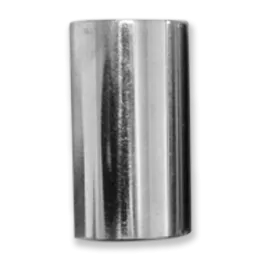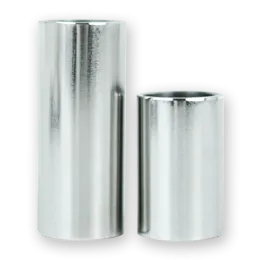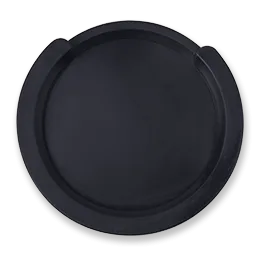Elevate Your Playing with Our ALICE STRINGS Alice Plectrums
Making exquisite Alice Plectrums from celluloid sheets is something we at ALICE STRINGS are really proud of. Our AP-A Colorful Celluloid Picks are made to play smoothly, colorfully, and durably. They come in standard and custom shapes. Allow us to present the characteristics that make our ALICE STRINGS Alice Plectrums the best option available to guitarists.
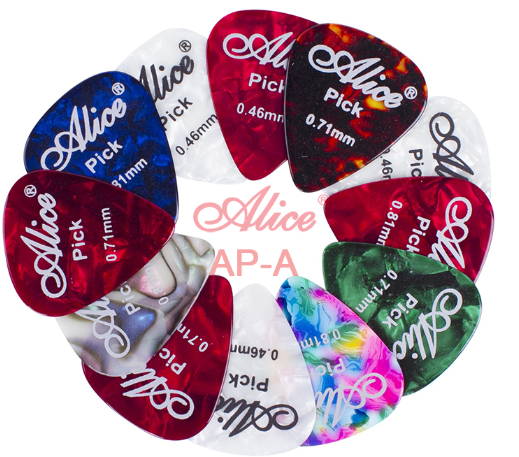
Traditional Feel and Warm Tone
Our Alice Plectrums, crafted from celluloid-a synthetic plastic material with a rich history-offer the traditional feel and warm, round musical tone that guitarists love. When you strum or pick with our plectrums, you'll experience a familiar and pleasing sound that enhances your playing. We understand the importance of tone in music, and our Alice Plectrums deliver the desired sonic characteristics that every guitarist seeks.
Comfort and High-Performance Flexibility
At ALICE STRINGS, we prioritize comfort and high-performance flexibility in our Alice Plectrums. Our AP-A Colorful Celluloid Picks provide a comfortable grip and exceptional flexibility, allowing you to effortlessly glide across the strings. Whether you're playing intricate solos or strumming chords, our plectrums offer the dexterity and control you need to bring out your best performance. With a variety of sizes, shapes, and thicknesses available, you can select the plectrum that suits your playing style and preferences.
Custom Shapes and Vibrant Colors
We believe that guitarists should have the freedom to express their unique style. That's why our Alice Plectrums come in a range of custom shapes, including Small Tear Drop, Sector, Pentagon, Sharp-angled, Medium Triangle, Equilateral Triangle, and Fantail. You can choose the shape that best complements your playing technique and musical genre. Additionally, our plectrums are available in a vibrant array of colors, such as White Pearl, Green Pearl, Blue Pearl, Purple Pearl, Black Pearl, Cyan Pearl, Shell, Mix, Red Pearl, Tortoise, and Chipped Tortoise. Stand out on stage with our visually striking plectrums that reflect your individuality.
Conclusion
In conclusion, ALICE STRINGS Alice Plectrums are meticulously crafted to elevate your playing experience. With their traditional feel, warm tone, and high-performance flexibility, our plectrums strike the perfect balance of comfort and control. Choose from a variety of sizes, shapes, and vibrant colors to customize your selection. Trust ALICE STRINGS for Alice Plectrums that combine durability with an exceptional playing experience. Enhance your musical expression today with our AP-A Colorful Celluloid Picks and discover a world of possibilities at your fingertips. Join the community of guitarists who rely on ALICE STRINGS for their musical journey.
Relate News
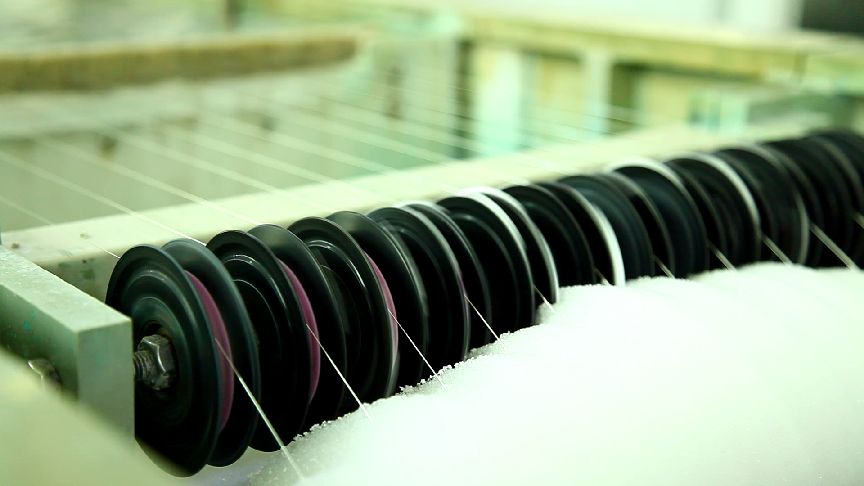
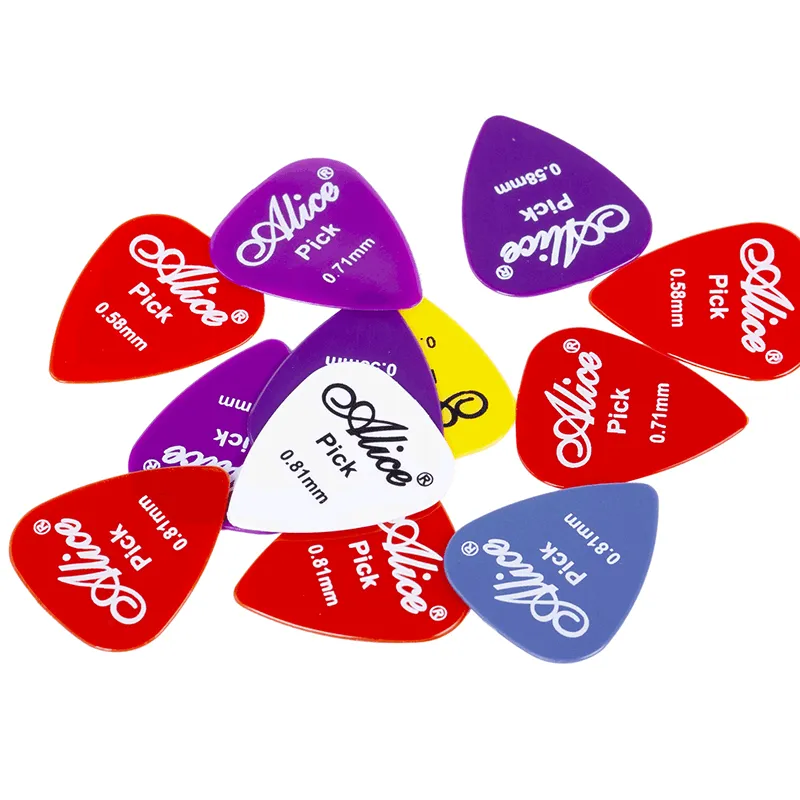
What Type of Guitar Pick Is Best?

Are Acoustic and Classical Guitar Strings the Same?

Acoustic Guitar Strings Guide: Types and How to Choose the Right One

From Classic Rock to Modern Indie: The Evolution of Guitar String Trends
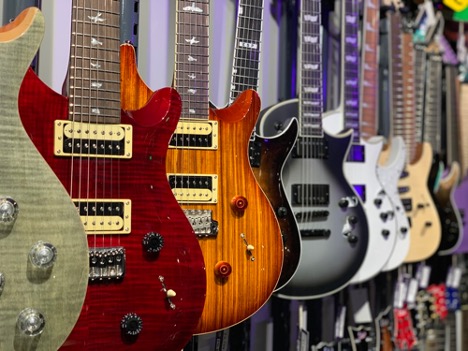
What Strings Fit Your Instrument? The Ultimate Guitar String Matching Guide
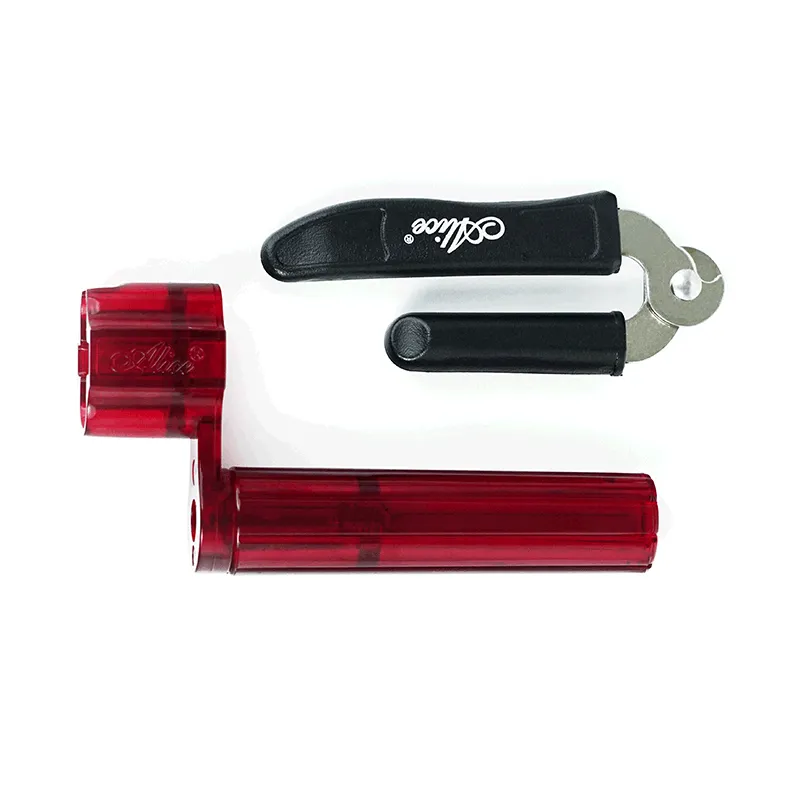
How to Change Acoustic Guitar Strings: A Step-by-Step Guide
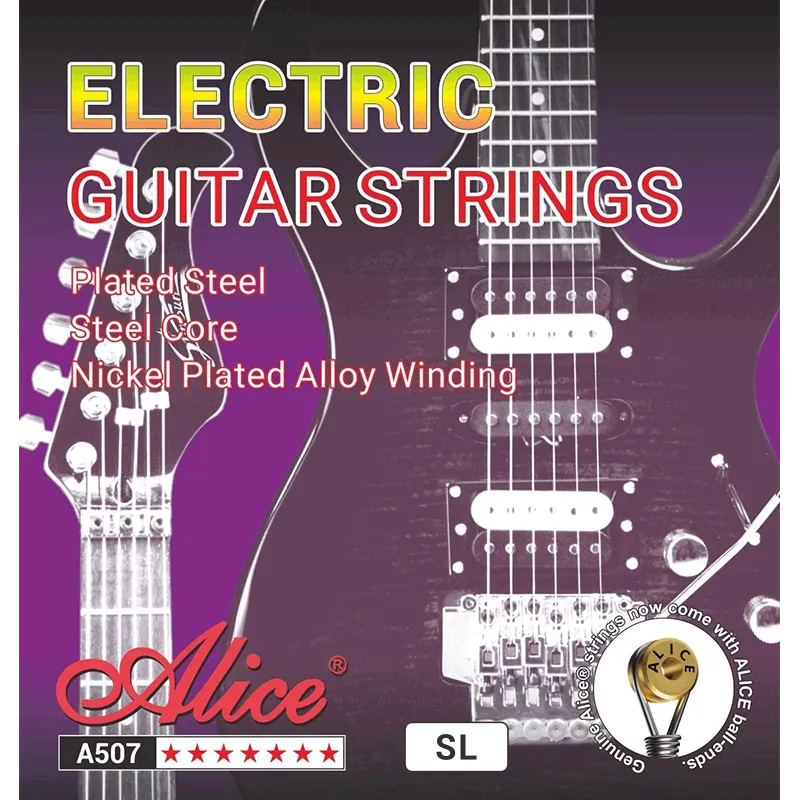
What Are the Different Types of Guitar Strings?

From Factory to Store: Guitar String Supply Chain Trends
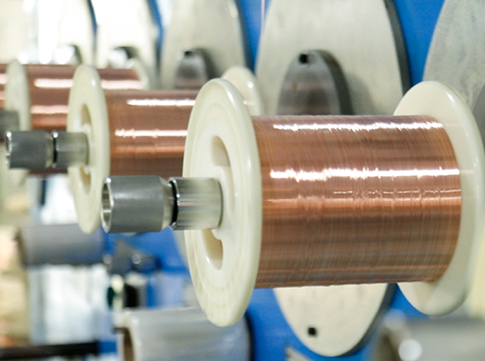
Give Charm to Sound, Make Music Magic: Discover ALICE, the Exceptional Wholesale Guitar Strings
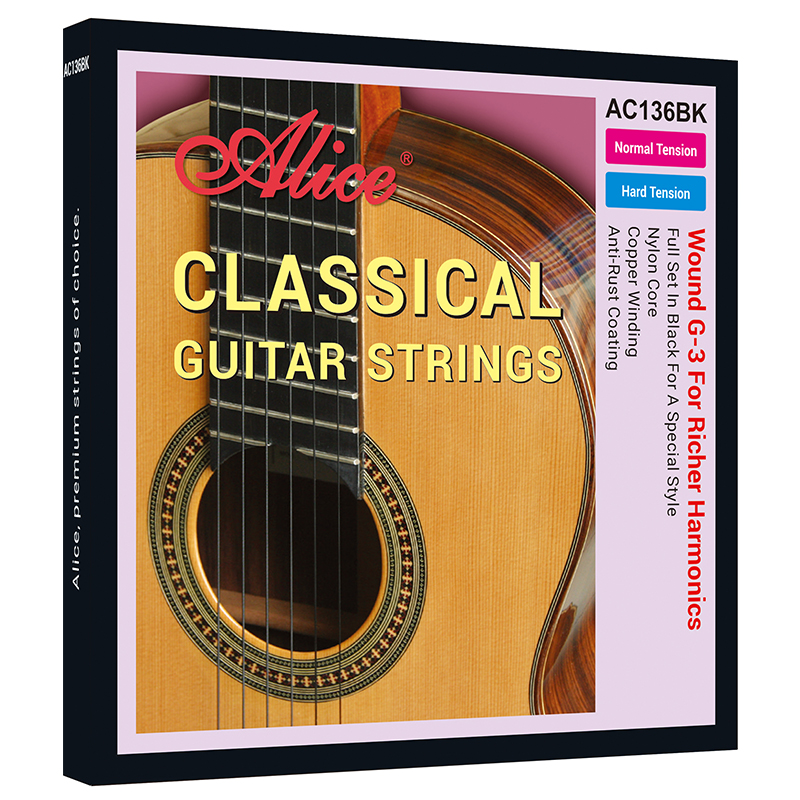
The Superior Choice: ALICE Coated Classical Guitar Strings
